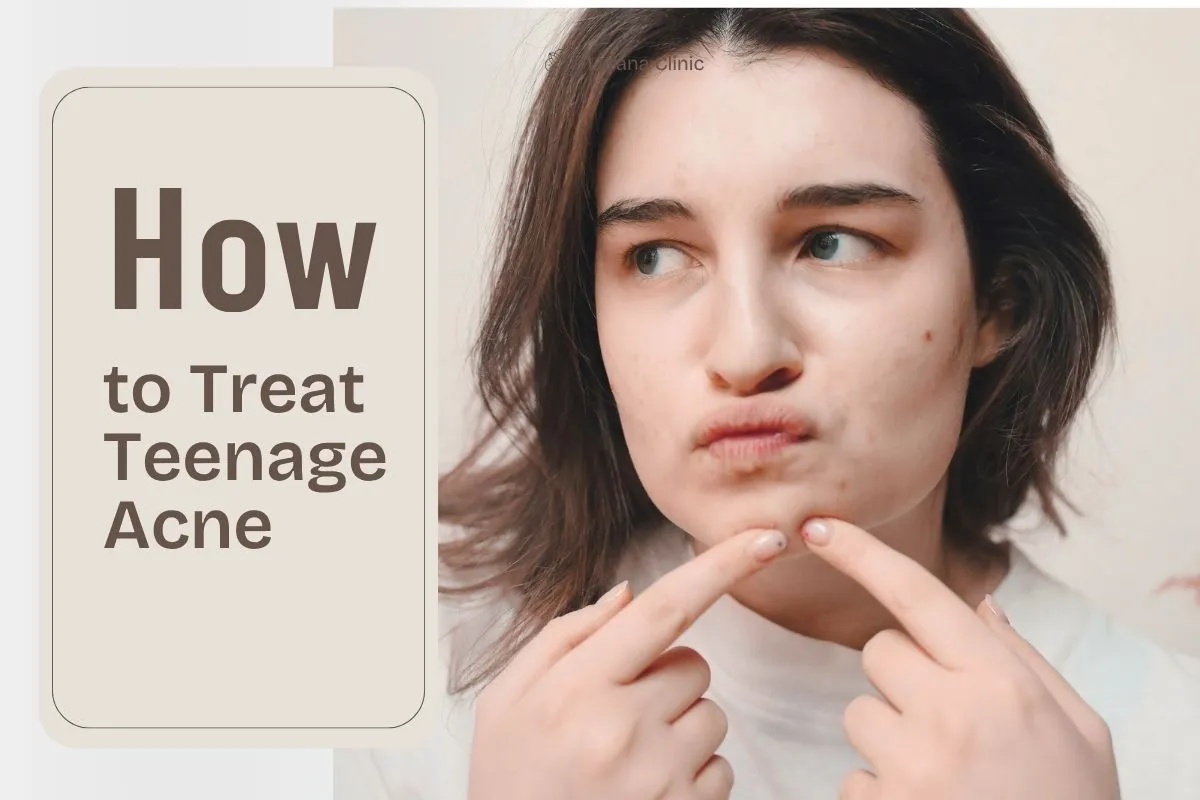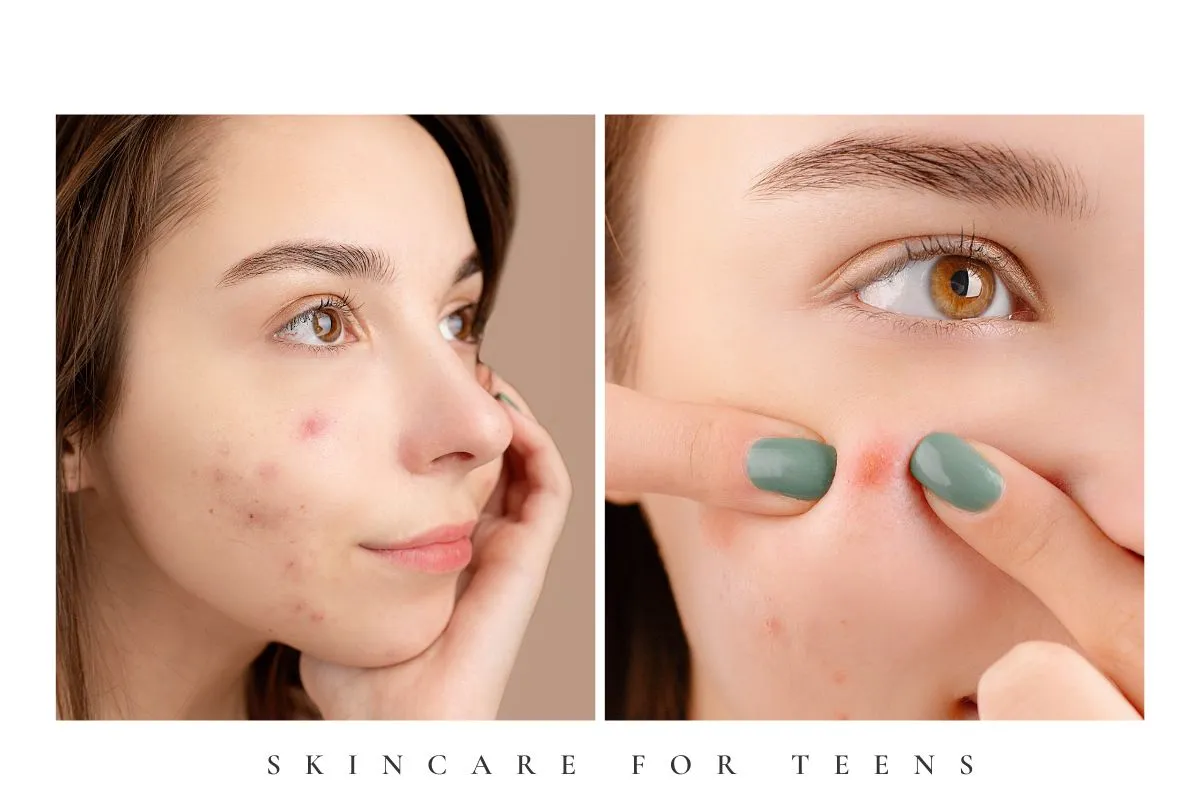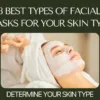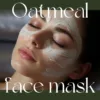No products in the cart.

Teenage years bring so much self-discovery, new routines, and yes, those unwelcome breakouts. If you’re reading this, you or someone you know is navigating skincare for teens, trying to figure out what really works. Acne doesn’t have to define those years.
In this guide, I’ll walk you through proven acne treatments for teens, a skin-friendly routine you can use every day, and insider tips for battling hormonal flare-ups. You’ll also learn when to escalate care and what pitfalls to avoid. Curious about which active ingredient suits you best? Keep reading.
Why Teenagers Get Acne
Acne during adolescence is extremely common. It stems from the hormonal surges of puberty, rising androgens stimulate oil (sebum) production, which can clog pores and lead to pimples. This link between teenage hormones and acne makes acne almost inevitable for many teens.
When pores get blocked by oil, dead skin cells, or bacteria, inflammation follows and out pop the bumps and pustules you see. Genetics, stress, diet, and skincare habits also play roles. But the good news: with smart care, most teenage acne is manageable without harsh interventions.
How to Get Started: Gentle Skincare for Teens

Before diving deep into treatments, the foundation is consistent, gentle skincare for teens. Build your routine around these essentials:
1. Cleanse (morning + evening)
Start and end your day with a gentle herbal cleanser to remove oil, dirt, and sweat without stripping your skin’s natural balance. Avoid harsh soaps or scrubs that can irritate teenage skin and trigger more breakouts. A mild, non-foaming face wash with soothing ingredients like aloe vera, rose water, or neem keeps your pores clean and refreshed. Washing your face twice a day is enough over-cleansing can actually make your skin produce more oil.
2. Treatment (once skin is dry — The Natural Hudira Way)
At Hudira, we believe teenage skin deserves the gentlest touch nature can offer. Instead of harsh chemicals, choose pure botanicals like neem, tea tree oil, and aloe vera to cleanse and soothe the skin naturally. Turmeric and rose water help calm redness, fade marks, and restore your skin’s youthful glow. For best results, try Hudira’s Anti-Acne Face Mask, enriched with herbal extracts that purify and refresh without stripping essential moisture making it the perfect skincare for teens seeking clear, confident, and naturally healthy skin.
3. Moisturize
Even oily or acne-prone teenage skin needs proper hydration. Choose a lightweight, non-comedogenic herbal moisturizer that nourishes without clogging pores and also soothes irritation and restores your skin’s natural balance. Consistent moisturizing keeps your face soft, calm, and protected against dryness or flakiness caused by acne treatments.
4. Protect (SPF Daily)
Never skip sunscreen, it’s your skin’s best defense against dark spots and early aging. The sun can worsen acne scars and cause redness, especially when you’re using actives or exfoliating. Pick a broad-spectrum SPF 30+ that’s oil-free and infused with calming botanicals like green tea or chamomile. A gentle, herbal sunscreen completes your teen skin care routine, keeping your glow safe from harmful UV rays all day long.
This simple 3–4 step framework is the backbone of best skincare for teens. Don’t get distracted by complex multi-step routines too early.
Tips & Lifestyle Habits That Matter
Your daily lifestyle makes a bigger impact on acne than most people realize. Even the best skincare for teens can’t overcome poor habits. So here are dermatologist-approved and naturally supportive ways to help your skin stay clear, calm, and glowing.
1. Be Consistent — Don’t Hop Between Products
Switching products every week confuses your skin. Stick with one set of acne treatments for teens for at least 8–12 weeks before deciding if it works. Consistency trains your skin to balance oil production and build tolerance to active ingredients.
2. Wash Gently After Sweat
Post-workout sweat, especially under helmets or scarves, traps bacteria and oil, a trigger for “acne mechanica.” Rinse your face with water or use a gentle micellar wipe immediately after sports. This small act can prevent dozens of new breakouts.
3. Keep Your Phone Clean
Your smartphone carries more bacteria than a doorknob! Wipe it daily with a mild alcohol-free cleaner. This simple hygiene tip often reduces jawline breakouts in teenager skincare routines.
4. Sleep = Skin Repair
Aim for 7–9 hours of sleep. During deep sleep, your skin repairs itself and balances hormones that can worsen acne. Less sleep means more stress hormones, which lead to more pimples.
5. Hands Off Your Face
Picking, popping, or touching pimples spreads bacteria and causes scars. Use a sterile cotton bud to apply spot treatments instead. Gentle care is the secret weapon of teen skin care.
6. Clean Pillowcases & Towels Often
Change pillowcases twice a week and use clean face towels daily. Dirty fabric re-transfers oil, sweat, and bacteria to your skin undoing your hard work.
7. Go Light on Makeup
If you wear makeup, choose “non-comedogenic” or “oil-free” formulas. Always remove makeup before bed using a gentle cleanser or micellar water. Sleeping in makeup is one of the top causes of clogged pores in teens.
8. Mind Your Diet
Balanced eating matters. Some studies link excessive dairy and high-glycemic foods (sugary snacks, white bread) to more acne. Replace these with fruits, veggies, nuts, and omega-3-rich foods (like salmon or walnuts) to calm inflammation naturally. Hydrate throughout the day clear skin needs water!
9. Manage Stress
Stress increases cortisol, which can trigger oil glands. Incorporate small relaxation habits breathing exercises, light exercise, or journaling. Inner calm often shows up as outer clarity.
10. Avoid Harsh Scrubs & Alcohol Toners
Teens often over-exfoliate. Instead of rough scrubs, use mild chemical exfoliants (like salicylic acid). Harsh toners with alcohol strip away moisture and worsen oil rebound.
11. Protect From the Sun
Some teens skip sunscreen fearing it’ll clog pores but skipping SPF invites hyperpigmentation and irritation. Pick a non-comedogenic SPF 30+, ideally gel-based or mattifying, to stay safe and shine-free.
12. Stay Hygienic With Haircare
Oily hair products or waxes transfer to the forehead and cause breakouts (“pomade acne”). Keep hair away from your face and wash regularly, especially in humid weather.
13. Use a Simple Routine Morning & Night
Morning: Cleanse → Moisturize → SPF
Night: Cleanse → Treatment → Moisturize
That’s it! Minimalism is often the “secret” of best skincare for teens.
14. Don’t Share Products
Sharing makeup, towels, or masks spreads bacteria. Keep your skincare personal and clean.
15. Stay Positive and Patient
Acne doesn’t vanish overnight. Celebrate small improvements and remember, skincare for teens is a journey. Confidence grows when you treat your skin with care and compassion.
When to See a Dermatologist
Some acne requires more than over-the-counter care. Consider seeing a dermatologist when:
- You have painful nodules or cysts
- Acne leaves pitted scars
- You try OTC products consistently and see no improvement
- Acne is affecting mood/self-esteem
A dermatologist can prescribe stronger retinoids, hormonal treatments, or in tougher cases, isotretinoin (under careful supervision).
Final Thoughts
Skincare for teens is all about balancing gentle foundations + smart actives + patience. You don’t need a 10-step routine or extreme treatments. Start with the essentials and build wisely. If you feel stuck or your skin isn’t improving after 8–12 weeks, don’t hesitate to seek professional care.
Ready to level up your routine? Explore Hudira’s supportive, non-comedogenic masks as gentle companions to your core routine. Your skinline journey awaits to take the first step today.
FAQs
Q: How to get rid of teenage bumps?
Start with your foundation: gentle cleanser, one active (benzoyl peroxide or adapalene), moisturizer, and SPF. Be consistent for 8–12 weeks. Avoid popping, maintain hygiene, and if results are minimal, consult a dermatologist.
Q: Why do teenagers get acne?
It’s largely hormonal teenage hormones push sebaceous glands to overproduce oil. Combined with bacteria, clogged pores, and stress, this causes breakouts. Genetic predisposition plays a role, too.
Q: How to prevent a pimple from growing?
Apply a targeted treatment early (spot benzoyl peroxide or adapalene), avoid touching, keep area clean & moisturized, and protect with SPF. Preventive skin care matters more than aggressive treatment later.
Q: What age do you start getting pimples?
Many start between ages 11–14 as hormones rise, but it can begin earlier or later depending on individual development. It varies widely.



Add comment